Dont have money to have someone cut my tires or buy a nice tire cutter. As substitute i have a 4 speed homeade tire cutter. I've been using a bondo file. Cheese grater style. Is there anything else thats better to use or a specific bondo file thats better?
Haven't seen anything that works better than a bondo rasp when your cutting them by hand like that but maybe you'll get some ideas from people
Gorski07 said:
Dont have money to have someone cut my tires or buy a nice tire cutter.
As substitute i have a 4 speed homeade tire cutter. I've been using a bondo file. Cheese grater style. Is there anything else thats better to use or a specific bondo file thats better?
Click to expand...
I used to have a friend that was in the quarter midgets business. He had a lath and a cutter he made from knife edge band steel. His reason for cutting tires was to get them perfectly round and flat. I can't see how you would ever get a tire round and flat using a file. Maybe, if you have a lath and some way to hold the file so that it didn't follow the contour of the tire, you might be able do it. I can't see how you could ever get the tire round and flat holding the file by hand.
alvin l nunley said:
I used to have a friend that was in the quarter midgets business.
He had a lath and a cutter he made from knife edge band steel. His reason for cutting tires was to get them perfectly round and flat. I can't see how you would ever get a tire round and flat using a file. Maybe, if you have a lath and some way to hold the file so that it didn't follow the contour of the tire, you might be able do it. I can't see how you could ever get the tire round and flat holding the file by hand.
Click to expand...
The same way that a tire cutting machine does. The file cuts the part of the tire that is higher and leaves the part that is lower, until it gets to a point where the whole tire cuts and the tire is perfectly round or true'd
Stanley woodworking rasp are the best thing I have found, available at any of the big box home improvement stores.
alvin l nunley said:
I used to have a friend that was in the quarter midgets business. He had a lath and a cutter he made from knife edge band steel. His reason for cutting tires was to get them perfectly round and flat. I can't see how you would ever get a tire round and flat using a file. Maybe, if you have a lath and some way to hold the file so that it didn't follow the contour of the tire, you might be able do it.
I can't see how you could ever get the tire round and flat holding the file by hand.
Click to expand...
While you will never get it perfectly round with a file, you can certainly help take out some of the high spots.
Besides, we cut tires to alter the profile, not so much to make them perfectly round and flat
JPMKarting said:
While you will never get it perfectly round with a file, you can certainly help take out some of the high spots.
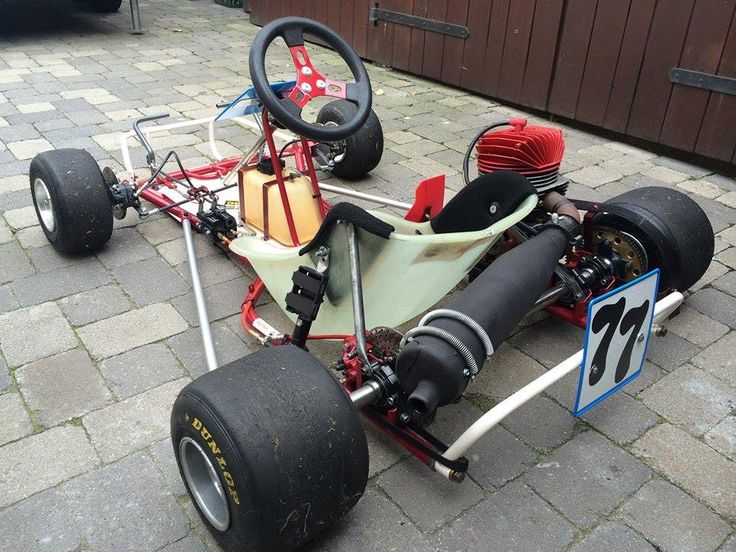
Besides, we cut tires to alter the profile, not so much to make them perfectly round and flat
Click to expand...
If you use a file or rasp won't it tend to follow the high and low spots so to speak , like a ball hone in a cylinder just more or less hones the existing profile , i would think a tire might be somewhat similar .
With an actual lathe the tool or cutter is fixed allowing you to remove only the high spots. Does that make sense?
crankincraig said:
If you use a file or rasp won't it tend to follow the high and low spots so to speak , like a ball hone in a cylinder just more or less hones the existing profile , i would think a tire might be somewhat similar .
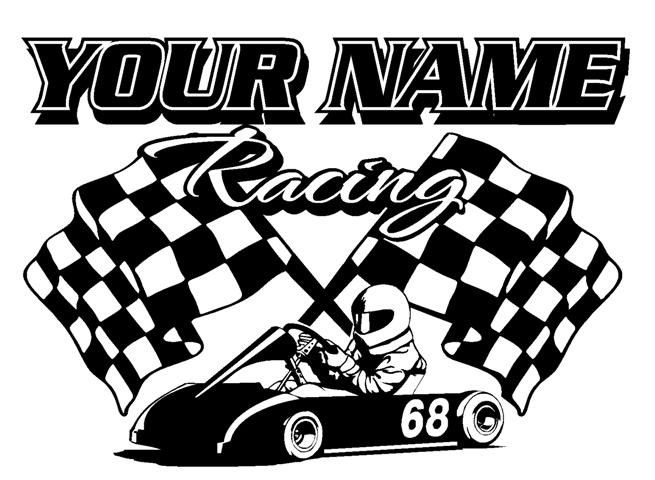
With an actual lathe the tool or cutter is fixed allowing you to remove only the high spots. Does that make sense?Click to expand...
It does...but if you get pretty crafty with the rasp and can identify the high/low spots, you can work around them to even them out. Again, it will never be perfect, but you can make it better
Been using thw stanley rasps. They have been better than the 3m ones. Ive been taught and told a tire doesnt have to be "true" to be fast.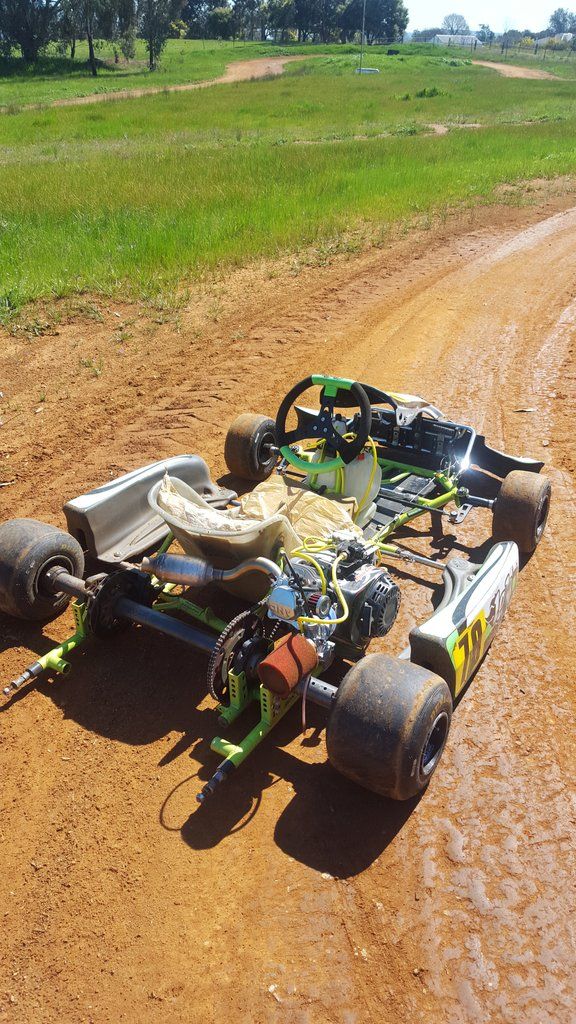 Just cutting tires for motorama.
Just cutting tires for motorama.
A lot of the top Pros in the sport do it by hand.
Now whats the best way to get the small lines from the rasps out?
Gorski07 said:
Now whats the best way to get the small lines from the rasps out?
Click to expand.
..
You need to go progressive on your grit.
I usually go 60, 80, 120 grit to get the cut lines out
blh0728 said:
The same way that a tire cutting machine does.
Click to expand...
with a tire cutting machine, do you hold the file by hand, or is the file held by some tool holding device? This is exactly what I said.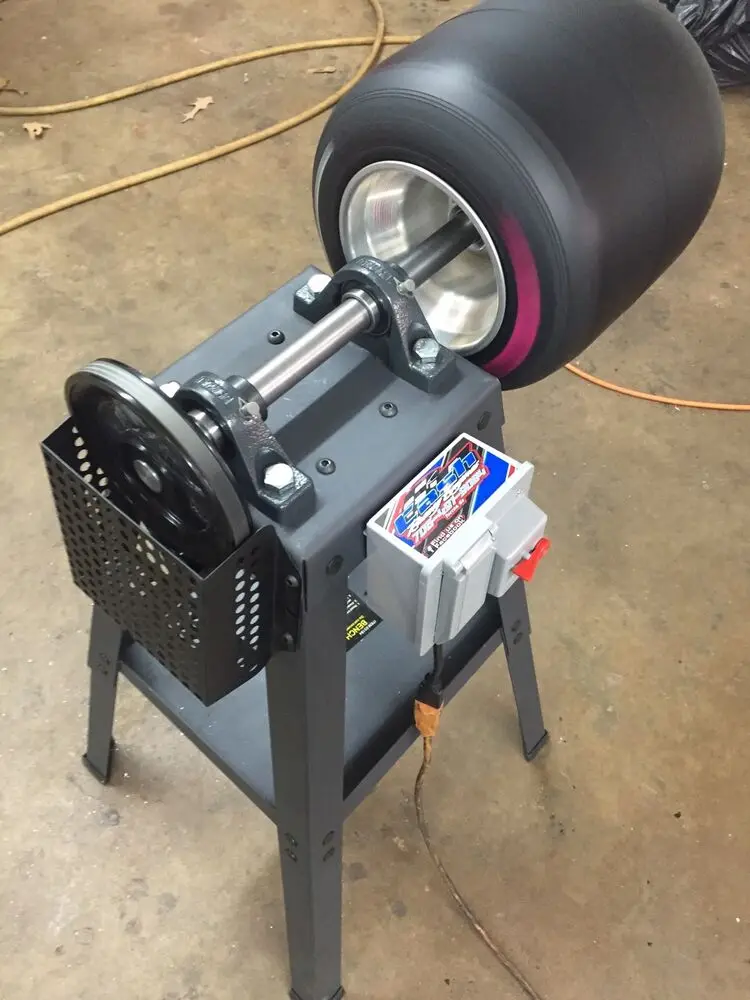
SoCo Tire Treatments said:
A lot of the top Pros in the sport do it by hand.
Click to expand...
it would be really nice if you had a link to someone demonstrating how they do that!
There was a time, many years ago, in the early nineties, when absolutely nobody talked about slipping the clutch at peak torque.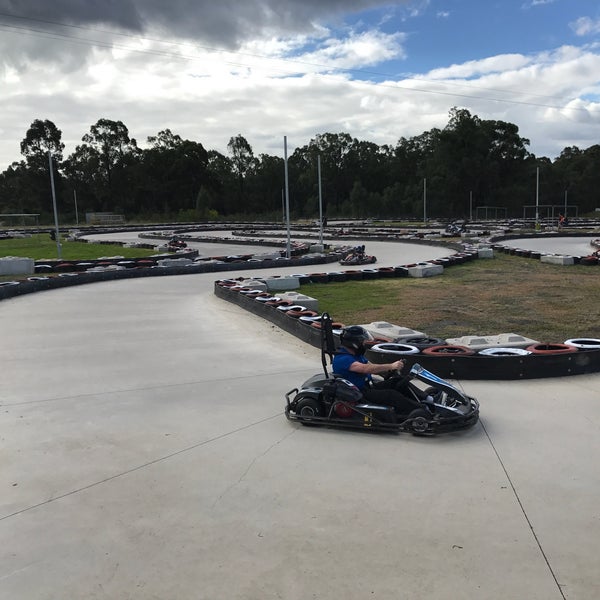 I was the one who convinced everybody, (after a long time) how important it was. If I were, or were not, the first one to talk about it, I myself, never heard anybody else talking about it. That I remember anyway. I for sure never heard of any, "Top Pros" telling people to do it. My friend, the one that showed me how he did it, (true tires) was considered a, "Top Pro" in the quarter midgets field.
I was the one who convinced everybody, (after a long time) how important it was. If I were, or were not, the first one to talk about it, I myself, never heard anybody else talking about it. That I remember anyway. I for sure never heard of any, "Top Pros" telling people to do it. My friend, the one that showed me how he did it, (true tires) was considered a, "Top Pro" in the quarter midgets field.
Consider this; the Top Pros, in every field of endeavor, are constantly coming up with new and better ways to do things, nothing is cast in stone.
You certainly aren't going to find a video on YouTube or elsewhere of a "professional" or someone who cuts tires as a side job or part of their tire program they offer.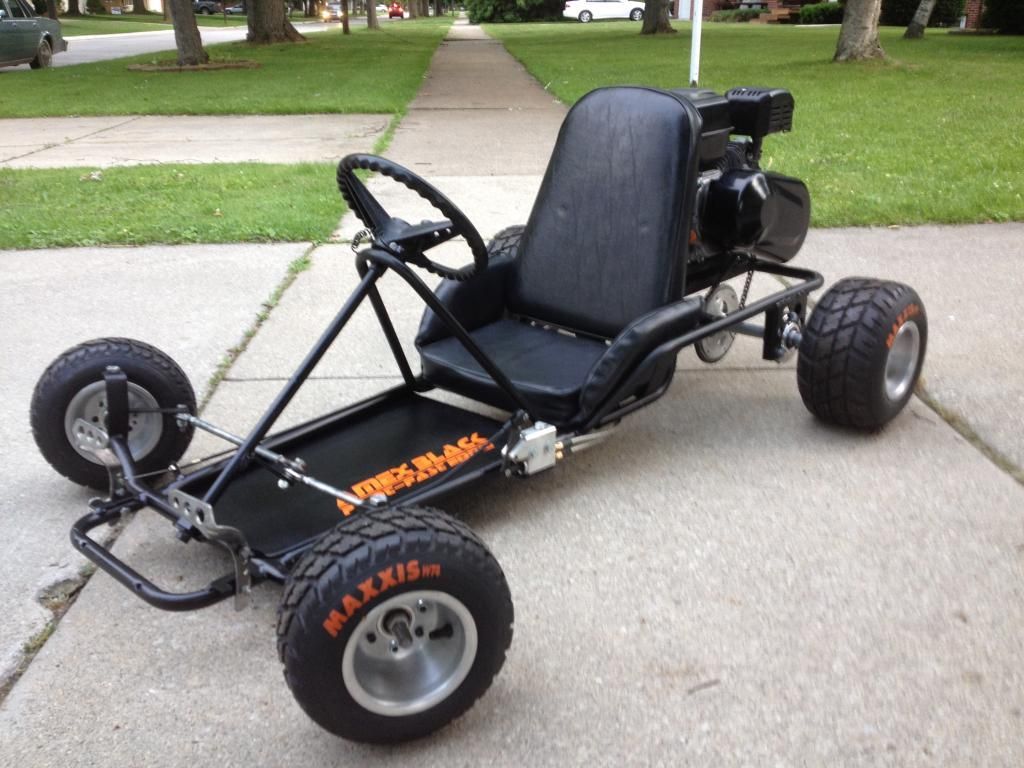 Tire cutting is kind of like engine building, you won't see the top builders on here or anywhere else giving away their secrets of the trade that they have spent alot of time learning or honing those skills. Sure some might give you a few pointers but I can't see anyone making a video and showing everyone their technique or method.
Tire cutting is kind of like engine building, you won't see the top builders on here or anywhere else giving away their secrets of the trade that they have spent alot of time learning or honing those skills. Sure some might give you a few pointers but I can't see anyone making a video and showing everyone their technique or method.
Actually, I was considering doing just that, Weddle.
Being that we sell cutting bits for tire lathes, I get phone calls and questions just about daily on how to use them, how to cut tires, how to finish tires, what coolant to use, etc etc.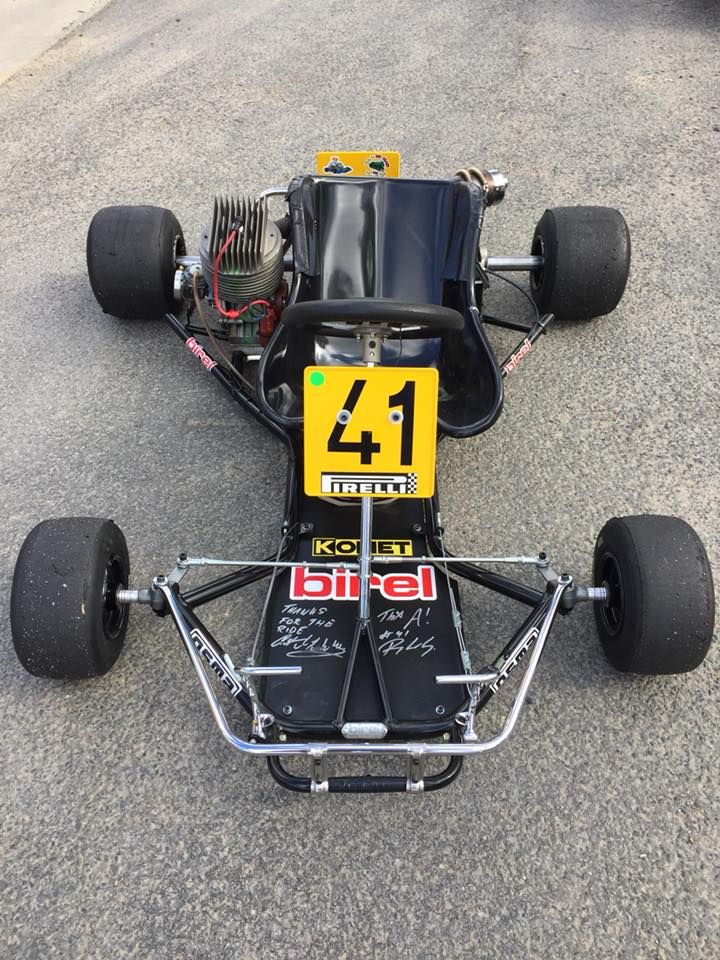
I figured it just might save me a good amout of time explaining all of this over and over again if I could just point them to an online video.
Now, I doubt that you'll see too many guys offering their template numbers or getting into proprietary details, but I think a thorough video would still be most helpful.
Now, with that said, I won't be using a bondo file.
Coming up with the time to produce a "quality" video for our website or youtube is another thing.
Al, I get what you are saying. The only way that you can make the tire's circumference "round" or concentric with a file is if you used some sort of steady rest and were REAL good (think craftsman on a wood lathe.) What most guys are doing with a Bondo rasp is simply shaping the tire by removing rubber from the shoulders to make it have a more rounded profile.
-----
Thanks and God bless,
Brian Carlson
Carlson Racing Engines
Vector Cuts
www.CarlsonMotorsports.com
Celebrating 25 years of service to the karting industry
765-339-4407
bcarlson@CarlsonMotorsports. com
com
https://www.youtube.com/watch?v=nexf97OKBXc
https://www. youtube.com/watch?v=nexf97OKBXc Now I can't tell you if he is a "professional" but IMO it looks like he is doing a good job. LOL
youtube.com/watch?v=nexf97OKBXc Now I can't tell you if he is a "professional" but IMO it looks like he is doing a good job. LOL
Sorry, now I see this has all ready been posted. So I'll just share this thought here, which I think Brain and many others might agree with.
In go karting I always share with other karters everything I know that may be of help to them in hopes that some day we might have too many fast karters to race with.
https://www. youtube.com/watch?v=KdVB_n0nuJk
youtube.com/watch?v=KdVB_n0nuJk
Here is a guy using a rasp. Obviously if its out of round hes probably not helping it any. But with a rest for the rasp to sit on, on each side of the tire, you might could true them up.
Freezeman said:
https://www.youtube.com/watch?v=nexf97OKBXc Now I can't tell you if he is a "professional" but IMO it looks like he is doing a good job.
LOL
Sorry, now I see this has all ready been posted. So I'll just share this thought here, which I think Brain and many others might agree with.
In go karting I always share with other karters everything I know that may be of help to them in hopes that some day we might have too many fast karters to race with.Click to expand...
He is well known in the South.
What does cutting tires do for the tire???
Is it worth a couple of tenths???
austin#39 said:
What does cutting tires do for the tire???
Is it worth a couple of tenths???Click to expand.
..
Cutting reduces rotating mass, keeps temp at a more even keel, dissipates heat better, makes heat faster, etc.
It can be worth couple tenths on the right track. Can be worth couple tenths for the right class. Can also hurt if track dont need cuts.
Which track in GA?
From Hoosier: Called sipping, this will help the tire build heat quicker which will help the tire "fire" better. Siping will also dissipate heat when the tire gets to operating temperature and the sipes open up.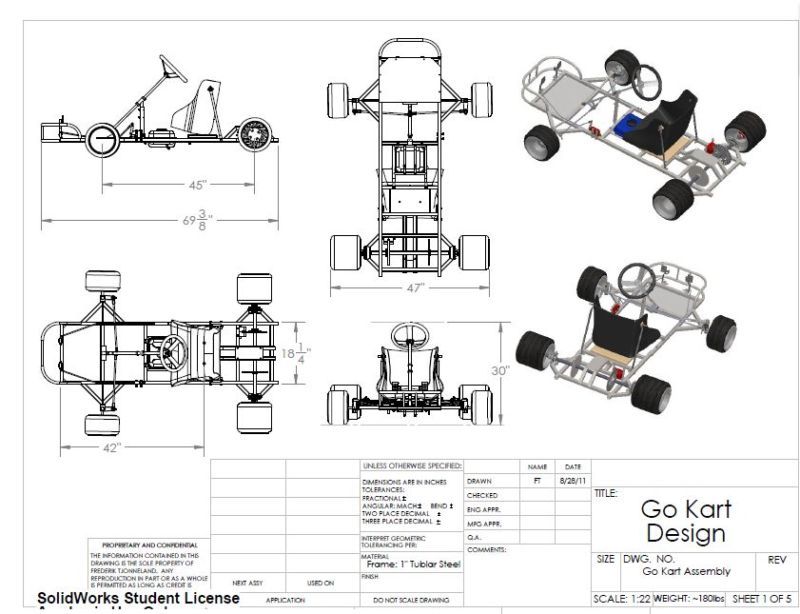 If you are using a fairly hard tire, siping will help create a "graining" effect which will help keep the tire from "sealing" over.
If you are using a fairly hard tire, siping will help create a "graining" effect which will help keep the tire from "sealing" over.
....using slicks, i would be very, very careful and not cut into the tire very deep at all.....even on the big car tires, i read that no one recommends more than .25 of an inch...which is deep for a kart tire....
Mikey, I'm sure you already know this, but for those that don't, siping is totally different than cutting a tire, and involves cutting tiny slits in the tire. When they're talking about cutting kart tires, they're actually cutting the rubber off of the tire on a lathe, making the rubber thinner.
When they're talking about cutting kart tires, they're actually cutting the rubber off of the tire on a lathe, making the rubber thinner.
Yep, siping is totally different. Most karters don't sipe their tires, they might needle them though.
Cutting the tires involves putting them in a tire lathe and actually removing rubber from the tire.
Earl is spot on with the benefits he described and then some.
A cut tire is almost always faster.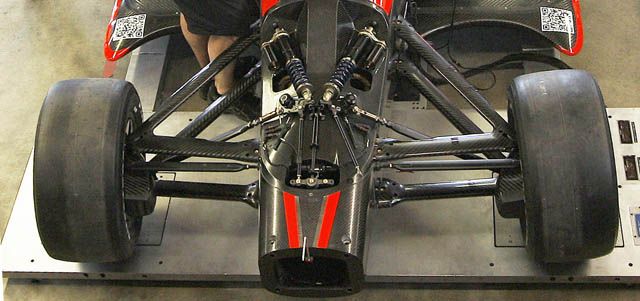 Seldom is a full rubber tire faster (although I have seen it, I question would that same racer actually been faster on a thick cut tire regardless?) Depends on the tire brand too. You can't cut much from the thin tires, whereas a thick rubber tire like a Burris is .110" rubber from the factory.
Seldom is a full rubber tire faster (although I have seen it, I question would that same racer actually been faster on a thick cut tire regardless?) Depends on the tire brand too. You can't cut much from the thin tires, whereas a thick rubber tire like a Burris is .110" rubber from the factory.
I've seen a good cut tire a full second a lap faster than a sticker with Burris on a 20 second race track. In 20 laps, that's going a lap down to the field if you're not on cuts!
Bigger, faster, momentum, higher biting tracks is where cuts show the most speed over full rubber tires. Also significant on lower HP classes.
--
Thanks and God bless,
Brian Carlson
Carlson Racing Engines
Vector Cuts
www.CarlsonMotorsports.com
Celebrating 25 years of service to the karting industry
765-339-4407
[email protected]
Is siping legal ?
I have not seen anything about siping, needling or cutting tires being illegal anywhere
CarlsonMotorsports said:
Yep, siping is totally different.
Most karters don't sipe their tires, they might needle them though.
Cutting the tires involves putting them in a tire lathe and actually removing rubber from the tire.
Earl is spot on with the benefits he described and then some.
A cut tire is almost always faster. Seldom is a full rubber tire faster (although I have seen it, I question would that same racer actually been faster on a thick cut tire regardless?) Depends on the tire brand too. You can't cut much from the thin tires, whereas a thick rubber tire like a Burris is .110" rubber from the factory.
I've seen a good cut tire a full second a lap faster than a sticker with Burris on a 20 second race track. In 20 laps, that's going a lap down to the field if you're not on cuts!
Bigger, faster, momentum, higher biting tracks is where cuts show the most speed over full rubber tires. Also significant on lower HP classes.--
Thanks and God bless,
Brian Carlson
Carlson Racing Engines
Vector Cuts
www.CarlsonMotorsports.com
Celebrating 25 years of service to the karting industry
765-339-4407
[email protected]Click to expand...
Brian, with the 9.00 the times are a changing my friend, lots of races are won on uncut, big races.
Now the others that may be true but definitely not with the 9.00.
Originally Posted by CarlsonMotorsports
Yep, siping is totally different.
Most karters don't sipe their tires, they might needle them though.
Cutting the tires involves putting them in a tire lathe and actually removing rubber from the tire.
Earl is spot on with the benefits he described and then some.
A cut tire is almost always faster. Seldom is a full rubber tire faster (although I have seen it, I question would that same racer actually been faster on a thick cut tire regardless?) Depends on the tire brand too. You can't cut much from the thin tires, whereas a thick rubber tire like a Burris is .110" rubber from the factory.
I've seen a good cut tire a full second a lap faster than a sticker with Burris on a 20 second race track. In 20 laps, that's going a lap down to the field if you're not on cuts!
Bigger, faster, momentum, higher biting tracks is where cuts show the most speed over full rubber tires. Also significant on lower HP classes.--
Thanks and God bless,
Brian Carlson
Carlson Racing Engines
Vector Cuts
www.CarlsonMotorsports.com
Celebrating 25 years of service to the karting industry
765-339-4407
[email protected]Click to expand...
Brian, with the 9.00 the times are a changing my friend, lots of races are won on uncut, big races.
Now the others that may be true but definitely not with the 9.00.Southern Comfort Tire Treatments
www.tirepreps.com
Click to expand...
Read the rest of my reply, Earl.
The 9. 00's are thin tires already arent they? If so, thats probably why they dont need cut to be as fast or faster
00's are thin tires already arent they? If so, thats probably why they dont need cut to be as fast or faster
We used to "true" tires (cut them so they're perfectly flat across the tread area, after mounting). We also used to "camber cut" tires (cut them at an angle, so we could get more surface contact in the turns). Today's tires don't seem to need this so much - many of them are already pretty thin, and today's chassis have more adjustability so aren't as likely to need camber help.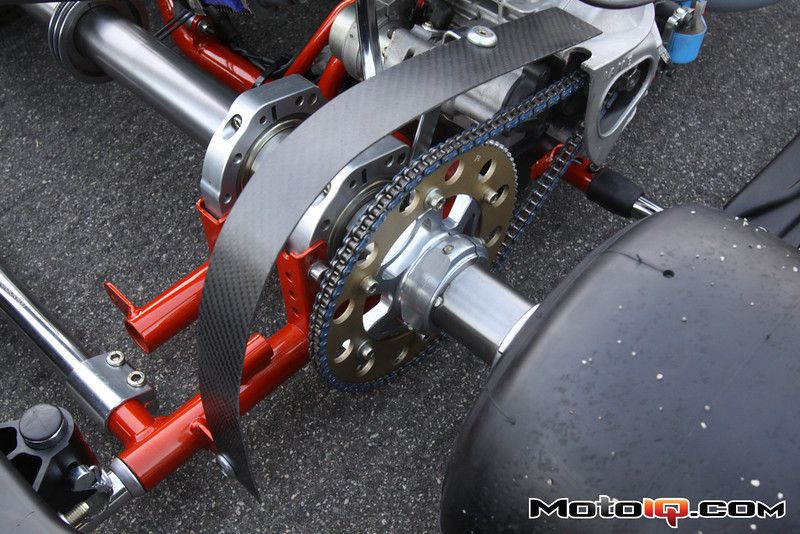
I always wondered how much we were really helping ourselves. You set the tire pressure before you cut the tire, but if you changed the tire pressure at the track (and who doesn’t?) then your carefully cut profile got distorted. Heat while racing also changes your air pressure. Tire loading in the turns also distorts your tire. So to get the best grip you’ve got to get it just right… at least until your track surface changes (especially on dirt). At the big money races every little bit counts, but maybe not so necessary at local events.
A flower bed out of a tire. How to make a flower bed from a tire step by step instructions: photo, video.
If you have old car tires lying around at home, you can find an original use for them, for example, to make flower beds.
Despite the nondescript look of the tire, if you work with it a little and paint, you can end up with an original flower bed.
How to make a flower bed out of a tire.
To make a flower bed you will need:
How to cut a flower bed out of a tire.
Put the tire on its side, take a marker and draw a seam on the sidewall for the cutout in the form of petals.
We draw the edges of the petals from the edge of the tread to the inner sealing ring. Now you need to cut the tire, there are several ways to do this.
Cut out the flower bed from the tire with a sharp knife. The knife must be with a wedge-shaped edge of the blade and must be sharpened. To make the knife easier to cut rubber, you can lubricate the blade with any machine oil. It is worth noting that on some tires, a metal cord is installed on the sidewalls, so cutting such a tire with a knife will not work.
It is possible to cut a flower bed from the tire with an ordinary hacksaw, in this case we start sawing from the inner sealing ring of the tire.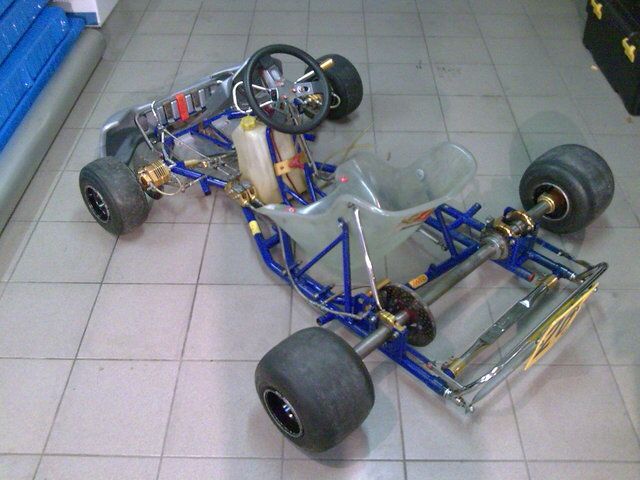
Using an electric jigsaw, you can quickly cut through any tire, even with a side metal cord. But it will be difficult to cut evenly with a jigsaw without skill, so if you do not have experience with this tool, then it is better to practice first. It is also better to lubricate the jigsaw saw with machine oil.
How to unscrew the flower bed cover.
The next step, you need to turn the tire inside out, it is not so easy to do this, you will need to make physical efforts.
Put the tire with the cut edge on the ground, put your foot against the tire tread, take the cut edge with your hands and pull it towards you. When it is possible to unscrew half of the tire, we press the tire into an oval, the rest will turn out easily. If you can't unscrew the tire, you can cut the o-ring from the back.
I suggest watching a video on how to unscrew a tire.
How to paint flower bed covers.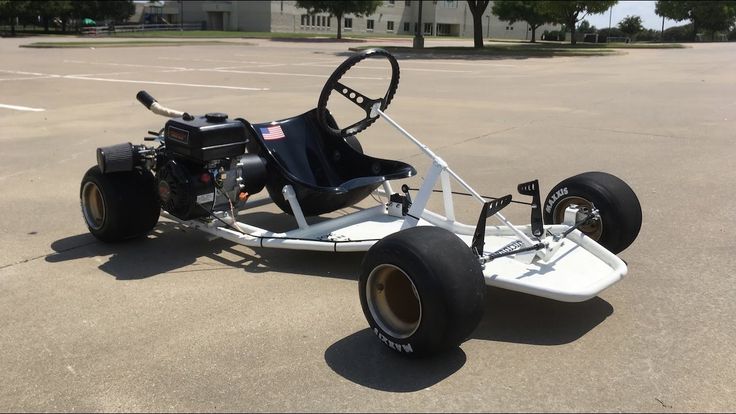
It is better to paint rubber with acrylic paint, it keeps the color for a long time and does not fade. You can paint the tire with enamel or oil paint, but after a year the paint will begin to fade and crack.
Before painting, the tire must be dusted with a cloth and degreased with white spirit, thinner or acetone. It is better to paint the tire with an airbrush, but you can also use a regular brush.
A flower bed decorated in several colors at once looks very good.
When the paint is dry, put the flower bed in place, fill it with soil and plant the flowers.
I thought for a long time what to write about this. That tragedy turned the world of Formula 1 and the world of motorsport in general, the man who fought for safety still managed to win this battle, but his own life became valuable in such a victory. And we, the people who are now involved in motorsport, should thank him for making helmets stronger.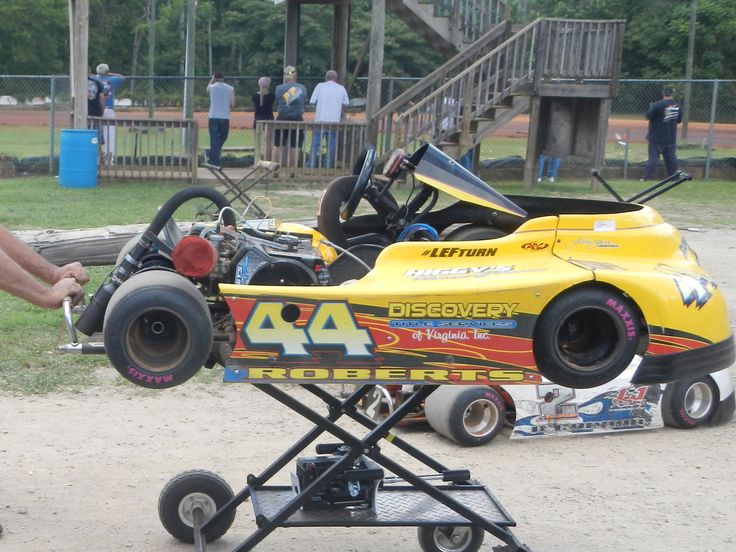 Already 6 940 days have passed since that terrible tragedy and every day, that incident saves someone's life. Thank you Ayrton.
Already 6 940 days have passed since that terrible tragedy and every day, that incident saves someone's life. Thank you Ayrton.
I found a very interesting article by Vladimir Makkaveev (1999), which, in my opinion, very well conveys the information of that day, and what happened after that.
“The bright sun floated over Imola, there was no trace of the morning rain, but despondency reigned in the boxes of Toleman. Saturday's qualification has just ended, and Ayrton Senna smiled stiffly at the journalists. “Of course I'm upset, but I think the team did the right thing. It's even good, the season goes on, and Michelin is the best rubber.” He said what he had to say, but in the eyes of the young Brazilian there was sadness and despondency. Yesterday, due to financial disputes with Pirelli, Ted Toleman and Alex Hockridge sent instructions from team headquarters not to start in heats. Today they still gave the go-ahead to participate in training, and in the morning session in the rain, after driving only 8 laps, Senna showed 19th time.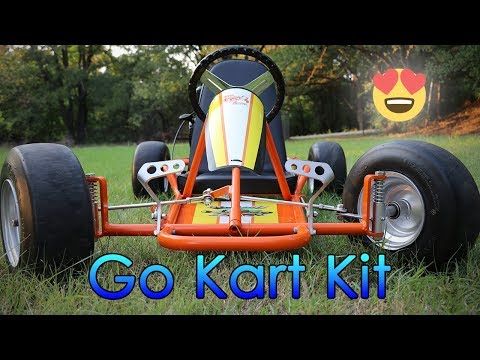 But in qualifying, his fuel pump flew, the Brazilian became 28th and was not among the 26 lucky ones who had to compete for the San Marino Grand Prix tomorrow, but he really liked the track - fast and technical, it was built as if on purpose for him.
But in qualifying, his fuel pump flew, the Brazilian became 28th and was not among the 26 lucky ones who had to compete for the San Marino Grand Prix tomorrow, but he really liked the track - fast and technical, it was built as if on purpose for him.
Tragedy
after that failure in May 1984 years, when Senna failed to qualify for the only time in his life, almost 10 years have passed. On April 30, 1994, Ayrton won his 8th (!) pole position in Imola, but the Brazilian's face again showed sadness and despondency. For the first time in his life, three-time world champion Ayrton Senna, perhaps even regretted that this time he still got the right to start. This last weekend was very hard for him.
On Friday, his young friend Rubens Barrichello had a terrible accident, Ayrton went with him to the hospital in Bologna and did not leave Rubinho until he was convinced that his life was not in danger. Saturday finally brought Senna out of balance. During qualifying, Austrian Roland Ratzenberger died in an accident, and when Senna called his girlfriend Adriana Galisteu in Portugal that same day, the great champion’s voice constantly broke: “Damn, damn,” Senna was still in shock. "Rubinho's accident?" Adriana asked incredulously. “No, no, this is an Austrian racer. Quite young. This was his second Grand Prix. I know he died on the track...but they say he died in the hospital. He died here… You know, I don't want to race…” Senna squeezed out. The next morning, Ayrton tried to prepare a springboard for the battle with the FIA for the safety of racing, but he had almost no time left, after a few hours he had to go to the start.
Saturday finally brought Senna out of balance. During qualifying, Austrian Roland Ratzenberger died in an accident, and when Senna called his girlfriend Adriana Galisteu in Portugal that same day, the great champion’s voice constantly broke: “Damn, damn,” Senna was still in shock. "Rubinho's accident?" Adriana asked incredulously. “No, no, this is an Austrian racer. Quite young. This was his second Grand Prix. I know he died on the track...but they say he died in the hospital. He died here… You know, I don't want to race…” Senna squeezed out. The next morning, Ayrton tried to prepare a springboard for the battle with the FIA for the safety of racing, but he had almost no time left, after a few hours he had to go to the start.
He did what he had to do. No one will ever know what moral stress it cost Senna to still get together for this ill-fated race. On that day, he was one of three riders who were in Zolder 12 years ago when Gilles Villeneuve, the man who named the fateful turn that took the life of Roland Ratzenberger yesterday, died on the same sunny day. No one will ever know what it took Senna to force himself into the car, because just 17 minutes after starting in the high-speed Tamburello corner on lap 7 of the race, his life was cut short. At a speed of 220 km / h, Senna flew into a concrete bump stop, and by a fatal accident, a piece of his Williams suspension hit the Brazilian's head, pierced the skull and tore the temporal artery. Over the next few minutes, Ayrton lost more than 4 liters of blood. He was taken to the Maggiore hospital in Bologna, and for some time the devices artificially supported the life of the Brazilian champion.
No one will ever know what it took Senna to force himself into the car, because just 17 minutes after starting in the high-speed Tamburello corner on lap 7 of the race, his life was cut short. At a speed of 220 km / h, Senna flew into a concrete bump stop, and by a fatal accident, a piece of his Williams suspension hit the Brazilian's head, pierced the skull and tore the temporal artery. Over the next few minutes, Ayrton lost more than 4 liters of blood. He was taken to the Maggiore hospital in Bologna, and for some time the devices artificially supported the life of the Brazilian champion.
Then there was a funeral, and all of Brazil poured into the streets of Sao Paulo to say goodbye to their hero. Senna was a popular favorite, he was idolized in poor Latin American slums and in huge aristocratic mansions. On that day, in the face of common grief, everyone was equal. All but one person. The owner of the "Circus Grand Prix" Bernie Ecclestone became an unwanted guest at the funeral of his best racer.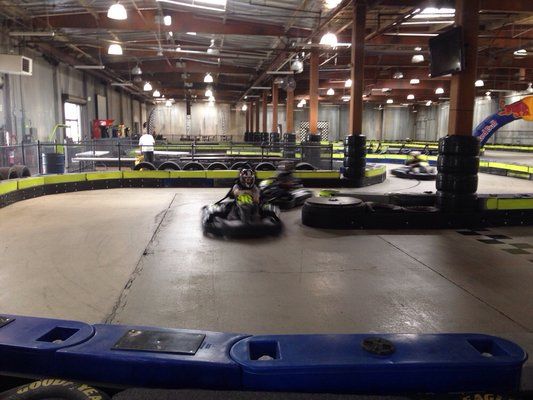 Seeing him at the ceremony, Senna's brother Leonardo da Silva, in a fit of anger, shouted: "No, not this one!" and almost attacked the “grey eminence” with his fists. Leonardo had his own reasons for not being afraid to violate decorum during the funeral ceremony. Firstly, if the FIA and FOCA recognized what very many people, including Senna, were sure of, but which they could not prove later, namely that Ratzenberger died right on the track, and not in a helicopter, as it was said according to the official certificate, then, according to Italian laws, the circuit should have been sealed and the race canceled, which would have saved Senna's life. Secondly, Leonardo could not forget his last meeting with Bernie in Imola.
Seeing him at the ceremony, Senna's brother Leonardo da Silva, in a fit of anger, shouted: "No, not this one!" and almost attacked the “grey eminence” with his fists. Leonardo had his own reasons for not being afraid to violate decorum during the funeral ceremony. Firstly, if the FIA and FOCA recognized what very many people, including Senna, were sure of, but which they could not prove later, namely that Ratzenberger died right on the track, and not in a helicopter, as it was said according to the official certificate, then, according to Italian laws, the circuit should have been sealed and the race canceled, which would have saved Senna's life. Secondly, Leonardo could not forget his last meeting with Bernie in Imola.
A few minutes after the accident at Tamburello, an alarmed Leonardo made his way to the FOCA bus, where Bernie was watching TV and listening to talks on the circuit's intranet radio as Professor Sid Watkins was giving a report on Senna's condition. After listening to this report and seeing Leonardo, Ecclestone said dryly: “Ayrton is dead. It is imperative that you take all necessary measures.” Killed by this tragic news, Leonardo wandered away, but after a few minutes, Bernie himself caught him and hurried to “calm down” the Brazilian: “You know, I misunderstood. I confused the word "head" (head) with the word "dead" (dead). Your brother is seriously injured, but he is alive.” Perhaps Ecclestone was really wrong, because Senna's death was officially ascertained already in the Bologna hospital only after 4 hours, but Leonardo is convinced that Bernie was simply saving the San Marino Grand Prix and his business. Meanwhile, despite several cardiac arrests, Senna's condition was stabilized in the hospital, but, as Maria Teresa Fiandri, head of the Maggiore trauma department, admits, everything was useless at that time. Upon impact, Senna lost some of the brain substance and was clinically dead. Officially, the death was announced only at 18:40, when life support devices were turned off. According to Fiandri, there was no pressure from FIA officials on her.
It is imperative that you take all necessary measures.” Killed by this tragic news, Leonardo wandered away, but after a few minutes, Bernie himself caught him and hurried to “calm down” the Brazilian: “You know, I misunderstood. I confused the word "head" (head) with the word "dead" (dead). Your brother is seriously injured, but he is alive.” Perhaps Ecclestone was really wrong, because Senna's death was officially ascertained already in the Bologna hospital only after 4 hours, but Leonardo is convinced that Bernie was simply saving the San Marino Grand Prix and his business. Meanwhile, despite several cardiac arrests, Senna's condition was stabilized in the hospital, but, as Maria Teresa Fiandri, head of the Maggiore trauma department, admits, everything was useless at that time. Upon impact, Senna lost some of the brain substance and was clinically dead. Officially, the death was announced only at 18:40, when life support devices were turned off. According to Fiandri, there was no pressure from FIA officials on her.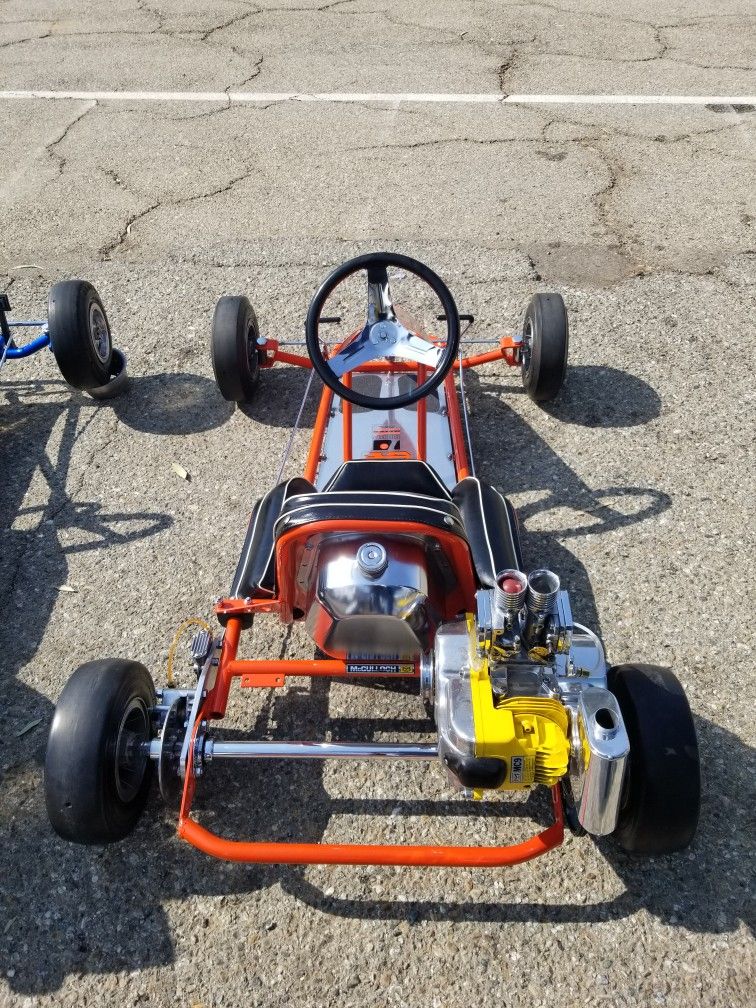
Investigation
Immediately after the catastrophe, Observers of the steel express various versions regarding the causes of the tragic accident. The Williams team, represented by Patrick Head, who had a black box from Senna's car at his disposal, initially insisted on a mistake by the Brazilian or a brief loss of consciousness by Senna, but most of the riders did not believe this. They talked about a broken rear suspension, a drop in tire pressure, etc. In an interview, Jean Alesi noted that Ayrton was most likely the victim of a malfunction in the steering system. The Bologna prosecutor's office, meanwhile, opened a criminal case, and Prosecutor General Maurizio Passarini actively set about collecting evidence, but in his actions he constantly ran into opposition from automobile officials and some interested and very influential people. However, by the end of summer 1994 years after the study of the wreckage of Senna's car, carried out by specialists from the University of Bologna, the first, then still unofficial version appeared: Senna died due to a broken steering column, which led to a departure from the track and hitting a wall at an angle of 22–24 °.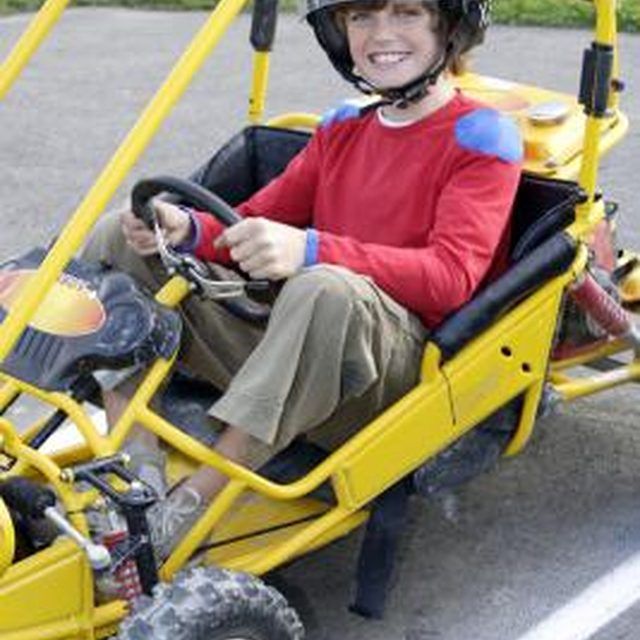 According to experts, the angle of impact was far from critical, and an accident led to the death of Senna, as a result of which a piece of suspension hit the head of the Brazilian. Max Mosley and Bernie Ecclestone immediately jumped on this version, but there were still quite a few blank spots in the Senna case. For a long time, the prosecutor's office could not receive black boxes with telemetry data from the team (in the end, only telemetry data from the engine was received), until the end of summer 19For 94 years, FOCA denied the presence of video footage taken from the on-board camera from Senna's car, claiming that the broadcast was interrupted before the entry of Williams at number "2" into Tamburello. Only in the fall, through Italian and Brazilian journalists, Maurizio Passarini received a cassette with a recording of the last seconds of the broadcast, which was shown on RAI on October 26. The endless problems that arose in the process of collecting evidence, as well as numerous rechecks and examinations, rather dragged out the process.
According to experts, the angle of impact was far from critical, and an accident led to the death of Senna, as a result of which a piece of suspension hit the head of the Brazilian. Max Mosley and Bernie Ecclestone immediately jumped on this version, but there were still quite a few blank spots in the Senna case. For a long time, the prosecutor's office could not receive black boxes with telemetry data from the team (in the end, only telemetry data from the engine was received), until the end of summer 19For 94 years, FOCA denied the presence of video footage taken from the on-board camera from Senna's car, claiming that the broadcast was interrupted before the entry of Williams at number "2" into Tamburello. Only in the fall, through Italian and Brazilian journalists, Maurizio Passarini received a cassette with a recording of the last seconds of the broadcast, which was shown on RAI on October 26. The endless problems that arose in the process of collecting evidence, as well as numerous rechecks and examinations, rather dragged out the process.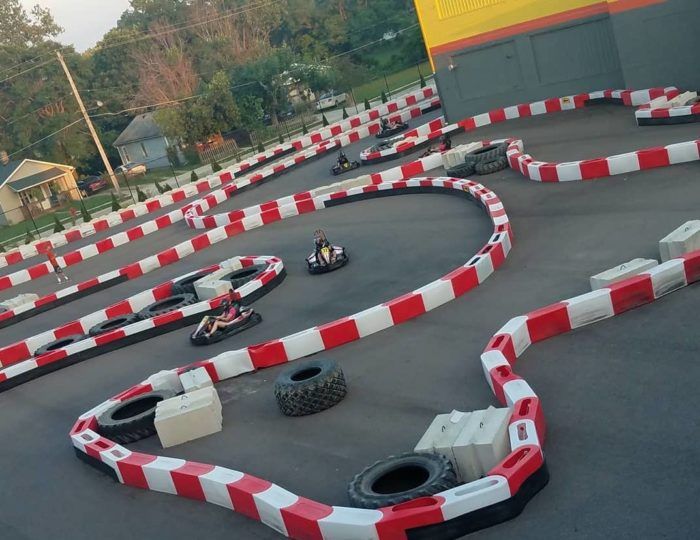
The indictment was finalized only towards the end of 1996. November 27 Maurizio Passarini announced the names of 6 people who were soon to appear before the Italian Themis on charges of manslaughter. Three of them were representatives of the Williams team: team boss Frank Williams, technical director Patrick Head and chief designer Adrian Newey; two - representatives of the track: the director of the circuit in Imola, Federico Bendinelli, and the former co-owner of the track, Giorgio Poggi; and one FIA representative, former Race Director Roland Bruinsered. According to Passarini, the defendants faced up to five years in prison.
The 700-page case of Ayrton Senna's death has finally landed on the Imola judge's table. The investigation concluded, now official, that the cause of the accident was a broken steering column, upgraded by Williams mechanics after Senna complained during tests in France that there was too little space between his Williams instrument panel and the steering wheel, and this created additional inconvenience.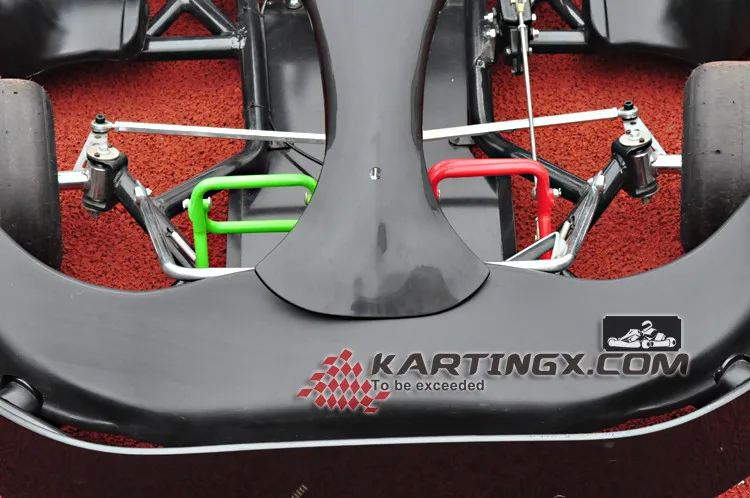 On the FW16, the steering column was made of aircraft steel, and Williams decided to simply cut the column and build it up, inserting a thin-walled pipe inside and welding it at the points of attachment to the main column. In the place of the lower welded fastening, a fatal fracture occurred. In the last frames taken by the camera from the Brazilian's car, it can be seen that Senna is unsuccessfully trying to turn to the left, but at that moment he, in fact, is already turning only the “steering wheel” of the steering wheel with a tube welded to it. Communication with the steered wheels is gone, and Williams continues to move in a straight line. Later, specialists from the Metallurgical Institute of Bologna, using an electron microscope, will establish that at the site of the fracture of the steering column, metal fatigue was more than 60%. So, if the causes of the accident became more or less clear, then the question remained: could Senna do something to still avoid the accident, or at least soften the force of the blow? Alas, apparently Ayrton really did everything that was possible.
On the FW16, the steering column was made of aircraft steel, and Williams decided to simply cut the column and build it up, inserting a thin-walled pipe inside and welding it at the points of attachment to the main column. In the place of the lower welded fastening, a fatal fracture occurred. In the last frames taken by the camera from the Brazilian's car, it can be seen that Senna is unsuccessfully trying to turn to the left, but at that moment he, in fact, is already turning only the “steering wheel” of the steering wheel with a tube welded to it. Communication with the steered wheels is gone, and Williams continues to move in a straight line. Later, specialists from the Metallurgical Institute of Bologna, using an electron microscope, will establish that at the site of the fracture of the steering column, metal fatigue was more than 60%. So, if the causes of the accident became more or less clear, then the question remained: could Senna do something to still avoid the accident, or at least soften the force of the blow? Alas, apparently Ayrton really did everything that was possible.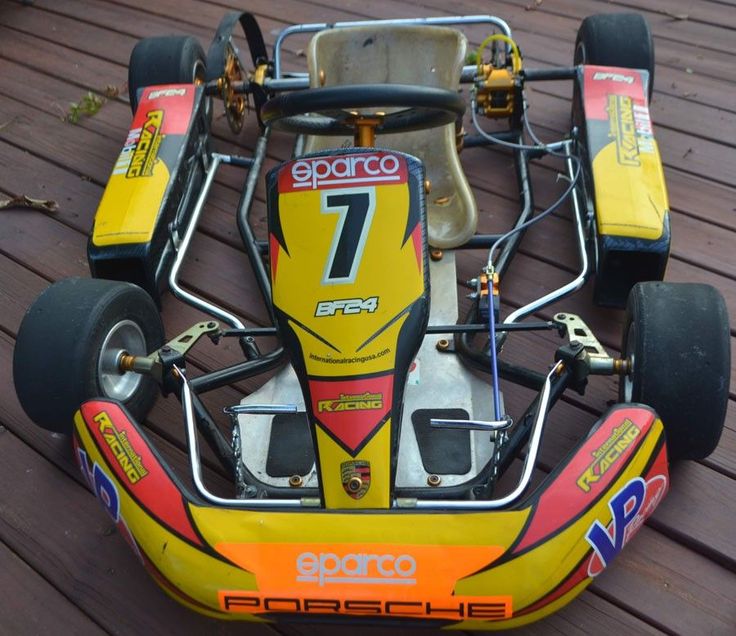 At first, probably feeling that something was wrong with the car, Senna took his foot off the gas pedal a little (reducing the pressure by about 40%) and in the next second began emergency braking, at the same time (judging by the position of the helmet and the movement of the hands in the cockpit) all still trying in vain to turn left. Senna probably understood the inevitability of the accident 11.3 seconds after the car crossed the electronic time line and left for the 7th lap. From that moment on, he still had about one and a half seconds and 121 meters to the concrete wall at his disposal. And here Ayrton was again out of luck. In Tamburello Williams was at a speed of 310 km / h, and had the asphalt been completely smooth, Senna would probably have had time to reduce the speed to 150-170 km / h. At 83 meters of the roadway, Ayrton really managed to significantly slow down (up to 231 km / h), but then the safety lane began (only 38 meters remained before the fatal wall). A narrow strip of grass in Tamburello was lowered just below the level of the roadway and Williams, as if having fallen off a small springboard, literally flew into the wall.
At first, probably feeling that something was wrong with the car, Senna took his foot off the gas pedal a little (reducing the pressure by about 40%) and in the next second began emergency braking, at the same time (judging by the position of the helmet and the movement of the hands in the cockpit) all still trying in vain to turn left. Senna probably understood the inevitability of the accident 11.3 seconds after the car crossed the electronic time line and left for the 7th lap. From that moment on, he still had about one and a half seconds and 121 meters to the concrete wall at his disposal. And here Ayrton was again out of luck. In Tamburello Williams was at a speed of 310 km / h, and had the asphalt been completely smooth, Senna would probably have had time to reduce the speed to 150-170 km / h. At 83 meters of the roadway, Ayrton really managed to significantly slow down (up to 231 km / h), but then the safety lane began (only 38 meters remained before the fatal wall). A narrow strip of grass in Tamburello was lowered just below the level of the roadway and Williams, as if having fallen off a small springboard, literally flew into the wall.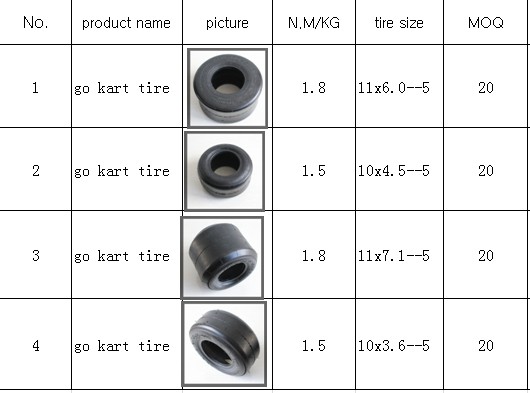 The tires again touched the ground just before the bump stop, but it was too late, this touch reduced the speed by only 11 km / h, and at the moment of hitting the wall, Williams had a speed of 220 km / h.
The tires again touched the ground just before the bump stop, but it was too late, this touch reduced the speed by only 11 km / h, and at the moment of hitting the wall, Williams had a speed of 220 km / h.
COURT
The first session of the Imola City Court, presided over by 35-year-old judge Antonio Costanzo, was scheduled for February 20, 1997, but four days before the appointed date, a new version of the causes of Senna's accident was unexpectedly published in the English press. On February 16, the London Sunday Times published a sensational photograph of the Frenchman Paul-Henri Caillier with comments from two highly respected motorsport columnists, Tim Rayment and Peter Windsor. In the photo, which has lain in Kaye's desk for more than 2.5 years, in front of Senna's car, a piece of aileron or fairing from JJ Lehto's Benetton destroyed at the start is visible. According to Rayment and Windsor, Senna could have tried to go around him, as a result of which his Williams ran into an uneven track and lost traction, which led to the accident.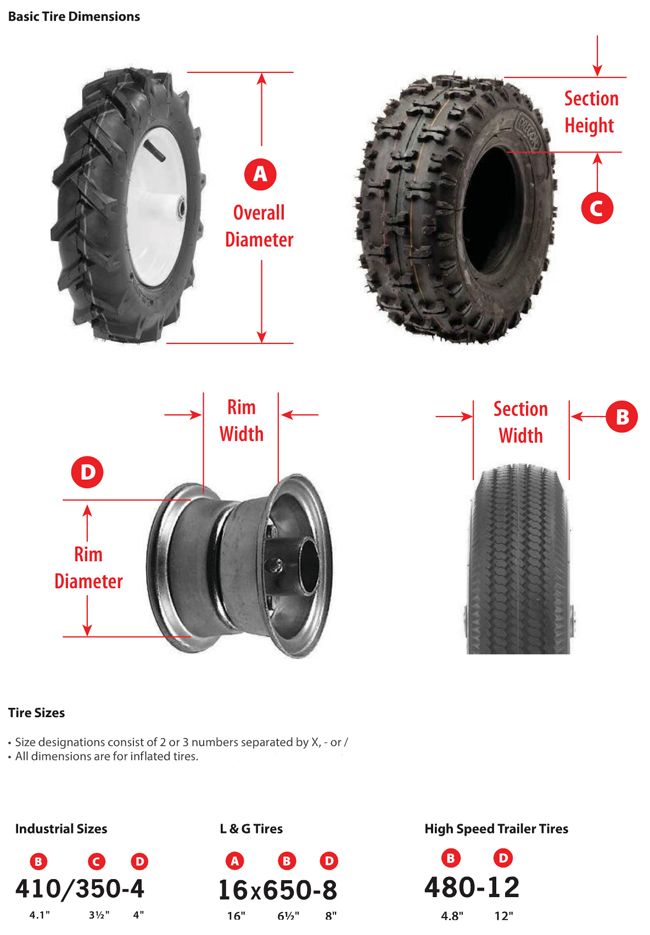 According to some experts, the photo was published a few days before the start of the trial for the sole purpose of giving an additional trump card to the lawyers of Frank Williams. However, citing the poor quality of the picture, Frank's lawyers, as well as the Bologna Attorney General's Office, refused to add Kaye's visual evidence to the case.
According to some experts, the photo was published a few days before the start of the trial for the sole purpose of giving an additional trump card to the lawyers of Frank Williams. However, citing the poor quality of the picture, Frank's lawyers, as well as the Bologna Attorney General's Office, refused to add Kaye's visual evidence to the case.
Finally, on February 20, the narrow cobbled courtyard and two staircases leading up to the heavily oak-panelled Imola City Discotheque, temporarily refurbished for court hearings, filled with a huge crowd. For the first time in almost 200 years (and the first criminal case, which was recorded in the archives, was dealt with here back in 1806), such close attention from the whole world was riveted to the courtroom of the tiny town of Imola. The cases of traffic violations, convictions of petty crooks and swindlers, which had previously been the main practice of local ministers of Themis, were replaced by the most high-profile case in the history of world motorsport - the case of the manslaughter of three-time world champion Ayrton Senna da Silva. Judge Antonio Costanzo took his seat under the crucifix and the huge inscription: “La Legge E Uguale Per Tutti” (The Law Is One for All), and the first hearing of the trial began, which will last for almost another ten months. From the very beginning of the hearing, the lawyer for the Senna family, Giovanni Carcaterra, was present in the courtroom, but, as the Italian noted, he was only there as an observer, since the champion's family did not intend to file a civil lawsuit against the accused. Due to lack of space, we will not reproduce the transcripts of the court hearings here. Let's just say that the Williams team chose as a platform for their defense the hypothesis that the changes in the design of the steering shaft made by the team were absolutely reliable (as evidence, a statement was made that a similar design was used from the first races of the season, but not in San Paulo, there were no problems with the steering column in Aida), and the column broke only at the moment Williams hit the wall, but not in the turn.
Judge Antonio Costanzo took his seat under the crucifix and the huge inscription: “La Legge E Uguale Per Tutti” (The Law Is One for All), and the first hearing of the trial began, which will last for almost another ten months. From the very beginning of the hearing, the lawyer for the Senna family, Giovanni Carcaterra, was present in the courtroom, but, as the Italian noted, he was only there as an observer, since the champion's family did not intend to file a civil lawsuit against the accused. Due to lack of space, we will not reproduce the transcripts of the court hearings here. Let's just say that the Williams team chose as a platform for their defense the hypothesis that the changes in the design of the steering shaft made by the team were absolutely reliable (as evidence, a statement was made that a similar design was used from the first races of the season, but not in San Paulo, there were no problems with the steering column in Aida), and the column broke only at the moment Williams hit the wall, but not in the turn. The main witness on this issue was supposed to be Senna's partner in Williams Damon Hill, but the Englishman (at that time already playing for Arrows) was surprisingly forgetful during interrogations and remembered almost nothing from the events of the beginning of 1994 years, which was most likely in the hands of Williams. The accusations against the owners of the autodrome them. Enzo and Dino Ferrari and the FIA representative were not as serious as in the case of Williams.
The main witness on this issue was supposed to be Senna's partner in Williams Damon Hill, but the Englishman (at that time already playing for Arrows) was surprisingly forgetful during interrogations and remembered almost nothing from the events of the beginning of 1994 years, which was most likely in the hands of Williams. The accusations against the owners of the autodrome them. Enzo and Dino Ferrari and the FIA representative were not as serious as in the case of Williams.
From February to December, 31 court sessions were held in Imola, and about 50 witnesses were questioned. Even before the first meeting, the leaders of some teams (Tyrrell, Briatore) voluntarily or unwittingly put pressure on the court, saying that if convicted, their “stables” would refuse to race in Italy. After many months of proceedings, December 16, 1997, Antonio Costanzo finally delivered his verdict: “Under article 530 of the Italian Criminal Code, the defendants Frank Williams, Patrick Head and Adrian Newey are acquitted due to lack of evidence of their guilt; Defendants Federico Bendinelli, Giorgio Poggi and Roland Bruinsered acquitted themselves, since no corpus delicti was found in their actions.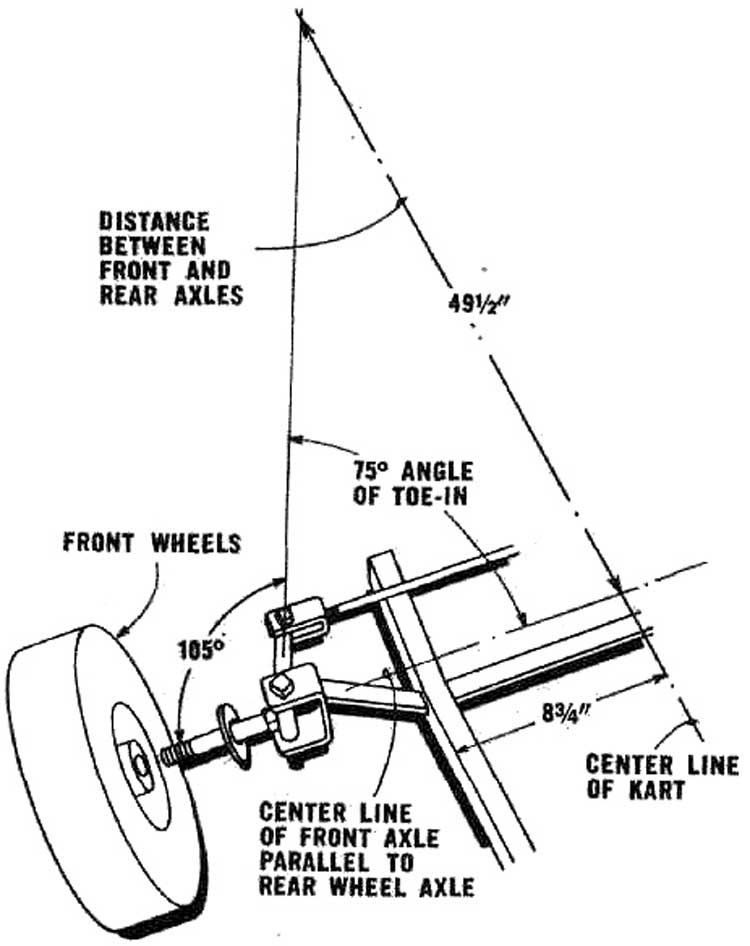 From now on, I am setting a 90-day time limit for appeals by both the defense and the prosecution.” Everyone was satisfied, except for the chief prosecutor, Maurizio Passarini, who by that time had been working on the Senna case for more than 3.5 years. In his last court appearance in late November, Maurizio agreed to drop charges against Williams, Bendinelli, Poggi and Bruincered, but insisted that Head and Newey should be held accountable for Senna's death, as he held them responsible for the fatal modification of the steering column. Passarini did not change his mind even after the verdict. The Senna family, on the contrary, reacted to the process with surprising indifference.
From now on, I am setting a 90-day time limit for appeals by both the defense and the prosecution.” Everyone was satisfied, except for the chief prosecutor, Maurizio Passarini, who by that time had been working on the Senna case for more than 3.5 years. In his last court appearance in late November, Maurizio agreed to drop charges against Williams, Bendinelli, Poggi and Bruincered, but insisted that Head and Newey should be held accountable for Senna's death, as he held them responsible for the fatal modification of the steering column. Passarini did not change his mind even after the verdict. The Senna family, on the contrary, reacted to the process with surprising indifference.
Three years and seven and a half months after the death of the Brazilian Magician, the case of his death was finally closed and archived. For some, this caused regret, for the majority - a sigh of relief. The greatest racer of recent decades was left alone. He is no longer with us, but he will forever remain in the hearts of millions of fans of the “royal racing”.